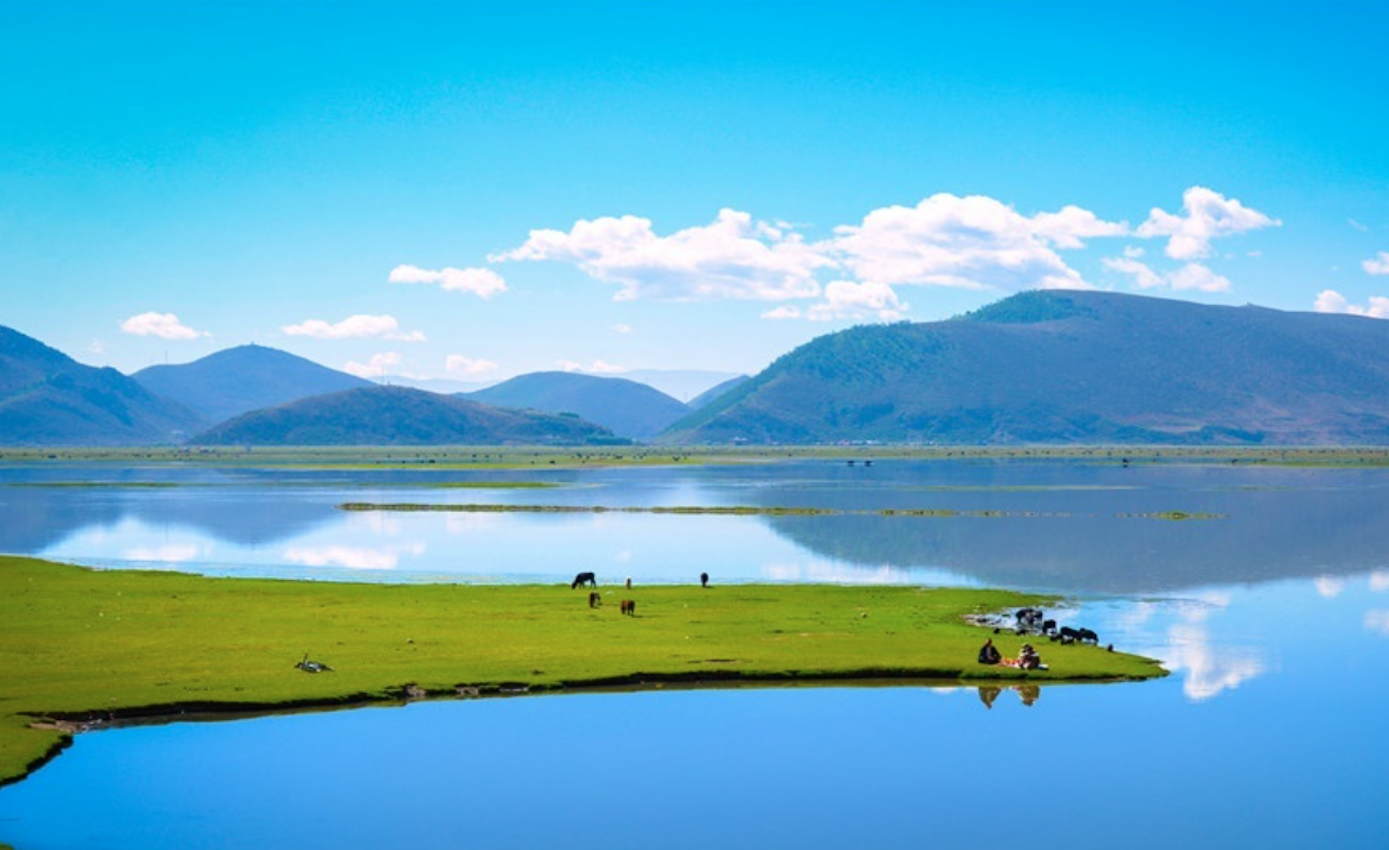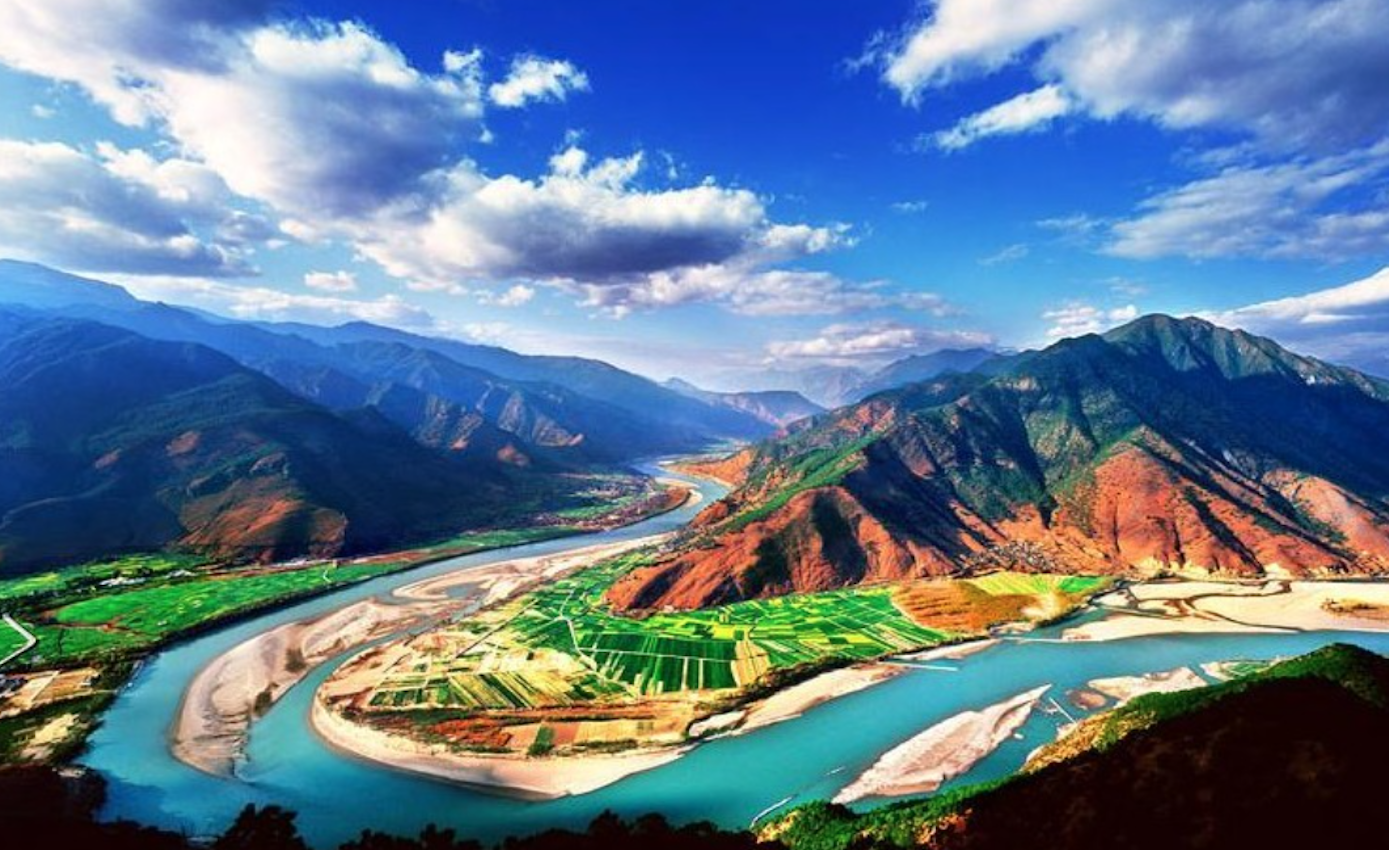
Shangri-La
Shangri-La is the name of Zhongdian County in Diqing Tibetan Autonomous Prefecture. It is located in the northwest of Yunnan Province, neighboring Tibet in the northwest, and Sichuan Province in the north. It's about 700 kilometers away from Kunming. Zhongdian County was officially renamed Shangri-La County in September 2001.
Shangri-La in the Tibetan language means the sun and the moon in the heart of paradise in English. It also means a place of idyllic beauty and represents a state of mind and a dream of people -the yearning for simplicity, honesty, and harmony.

As a loanword, it first appeared in 1933 in the novel “The Lost Horizon" by a British writer James Hilton. The novel tells about a British diplomat and three friends flying from China to India. During the flying over the south part of the Himalayan Mountains, the plane, lacking gasoline, was forced to land on the snow-covered place. While in despair, they were rescued by some kind local Tibetan people and spent some wonderful time in a beautiful land, which was full of sunshine, ever-lasting snow, flowers in blossom, and herds of cattle, and where Tibetan people were leading a tranquil life. Later they came back to seek that place but failed. The only thing they could remember about the place was the Tibetan word "Shangri-La", after which the place in the novel was named. Upon its publication, the book sold very well.
It was especially popular after Hollywood shot out of it a film, whose theme song“This Beautiful Place"helped "Shangri-La" become better known. Consequently, travelers, adventurers, ethnologists, and other people began to explore the location of the place "Shangri-La".

The place was not found quite popular until 1971 when a Chinese-Malaysian named Guo Henian especially expressed his desire. The brothers Guo invested in a five-star hotel in Singapore and after a careful study and consideration named it"Shangri-La". Up to the year 1988, the brother Guo had set up 36 luxurious hotels in the Asian-Pacific region, among which there were 14 hotels in China. As their business prospered, the younger generation only knew"Shangri-La" as the name of modern hotels, and even fewer people knew about the novel“The Lost Horizon". However, some experts were still holding a hope to find the place Shangri-La.

As time went by, people paid more attention to the north-western plateau of Yunnan. The scenery described in“The Lost Horizon" is very similar to what can be found here. Such in the concurrent flow of the three rivers can be seen in Yunnan only, and Diqing is the central part of the three parallel flowing rivers.

By the middle of the 1990s, much evidence has proved that "Shangri-La'” right here in Diqing Tibetan Autonomous Prefecture in Yunnan Province. In December 1996 Yunnan Government invited numerous experts and other people concerned to make a thorough investigation. These experts concluded that Shangri-La was located in the Diqing area. In September 1997 Yunnan Government proclaimed that Shangri-La was in this region and that a scenic resort of international levels would be built here within 10 years. In 2001, China State Council approved that the name of Zhongdian is changed to Shangri-La. Now more and more tourists from home and abroad choose to tour into Diqing. Shangri-La, the bright pearl of the tourist Kingdom of Yunnan, is emitting a more brilliant light.

Photo Resource: Internet
If there's any copyright issue involved, please contact us to delete.



